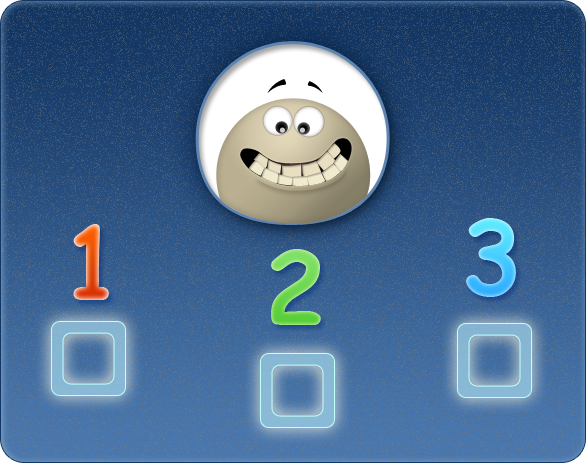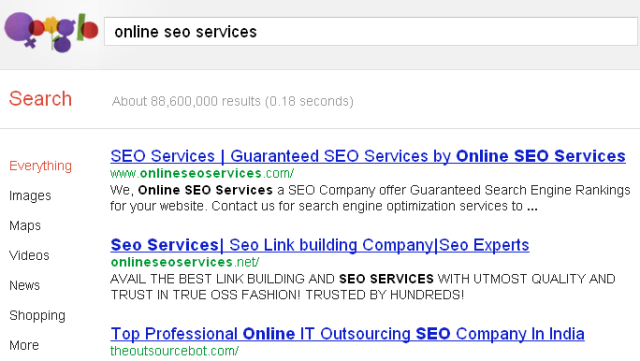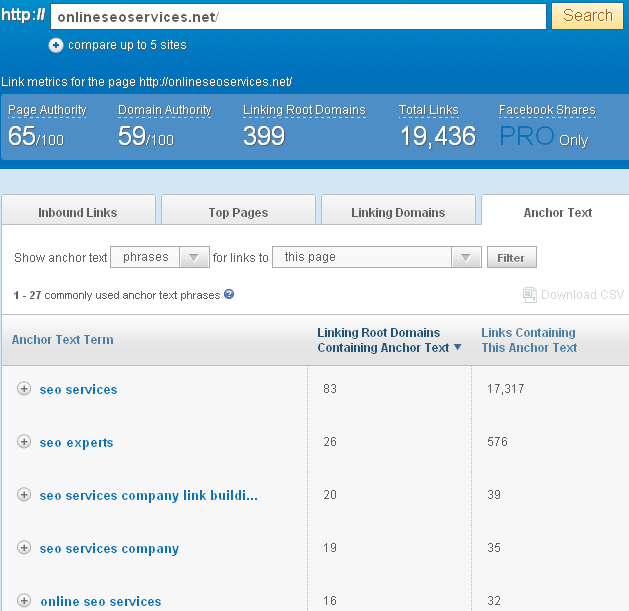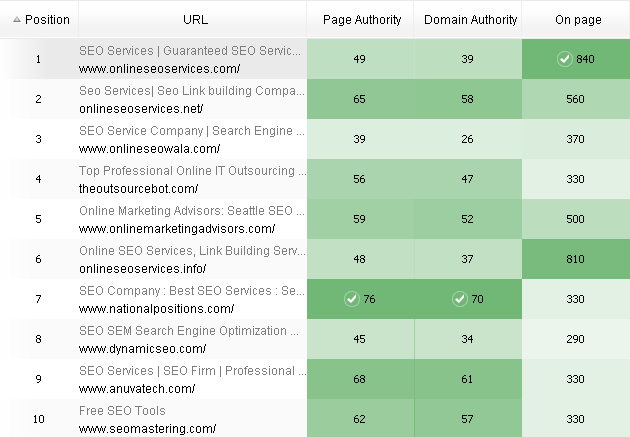
A few weeks ago, a friend planning to monetize her website asked me to help with some keyword analysis tips. She had a list in mind, of course, but she needed a confirmation that those keywords were the "right" ones to compete for.
"Setting up realistic goals to chase is good", I thought. But how can we make sure the keywords we choose will prove to be efficient. You see, when starting up a fresh SEO campaign, the trick is not only to find keywords with commercial value and a high search volume, but to see how difficult it is to actually rank for those keywords.
This is where keyword difficulty comes in.
I was sure they didn't add "difficulty" for nothing so I wondered what would special agent OSO (my baby girl's hero) do to deal with this. He always completes his difficult assignments in three special steps, and he even has a funny song about it.
Ok special agent, here's a case for us: find out how difficult it is to compete for online seo services in Google.
Let's see how this works! I can almost hear Paw Pilot singing
Step 1: Learn Who Is Your Competition
We need to know our "enemies" before we go to war, right? 🙂 If we want to be on Google's first page, identifying the current top 10 competitors is the first thing that we need to do.
A simple search in browser should do the trick.
 As we can see in the example above, there is no need to exclude results coming from Wikipedia or other websites alike. In general, although such results may rank higher, they are not real competitors since they provide purely informative content.
As we can see in the example above, there is no need to exclude results coming from Wikipedia or other websites alike. In general, although such results may rank higher, they are not real competitors since they provide purely informative content.
Thus, we should regard as competition for our keyword only the business websites on Google's first page.
Step 2: Analyze The Strength Of Your Competitors' Backlinks
Now that we know who we're dealing with, we can move on to finding how strong the off page optimization level of our competitors is. This is reflected in the number, type and authority of the links they have.
The details that we need to analyze are:
- Page Authority
- Domain Authority
- Diversity of unique linking root domains
- Keyword in anchor text
These details provide good insights on the link building profile my competitors have. To extract the information and see which are the strong and weak points of each competitor, we can use the free assets of the Open Site Explorer tool.

It seems that our keyword difficulty diagram is starting to show its shape.
Step 3: Analyze The On Page Optimization Level For Your Targeted Keyword
Although on page optimization lost its influence over the years, it should definitely not be neglected while it can still "speak" the language of the search engines.
The factors that we need to look into are:
- Domain/URL optimization
- Title tag/Meta tags optimization
- HTML body optimization
A free online tool that we can use is SEO Workers, which provides on page optimization information in relation to a specific keyword.
Almost done 🙂 All there's left to do now is to put everything together and compare our website to competitors.
Combine The Information In A Comprehensive Dashboard
A good way to approach Competition, Authority and Content Optimization together is to use a Keyword Difficulty tool that can show detailed metrics side by side for the URLs analyzed.
This way, we can peek at the things my competitors did to gain a place on Google's first page for online SEO services. Also, we can make a proper evaluation of how much work we need to invest for each factor that we should approach.

It looks like my friend has a lot of work to do, but there are good chance she will fulfill her goal.
If the tool has the ability to store historic data from previous analyses, we can compare periodically the sheets to see if the optimization efforts for this keyword are paying off.
Conclusion
Or "assignment complete", as Paw Pilot loves to say at the end of each mission 🙂
With all this information, it's time for my friend to start working on her website.
Let's recap together what we did:
- Check 1: we identified our competitors
- Check 2: we analyzed their link building profile
- Check 3: we analyzed the content optimization factors for our keyword
And, to get the big picture on the differences between our website and the competition, we combined the all data together in a centralized dashboard.
It'd be interesting to hear more stories on how keyword difficulty analyses impact new SEO campaigns.
Don't Forget To Read:
